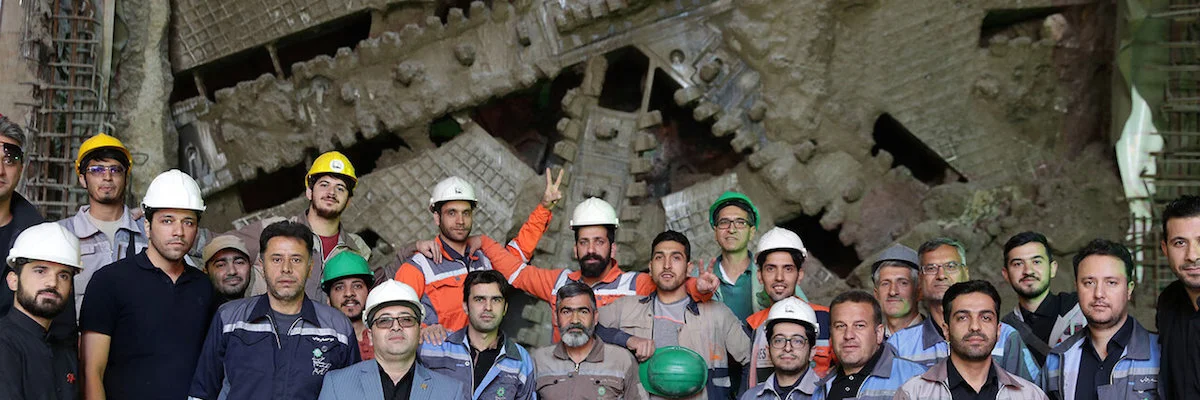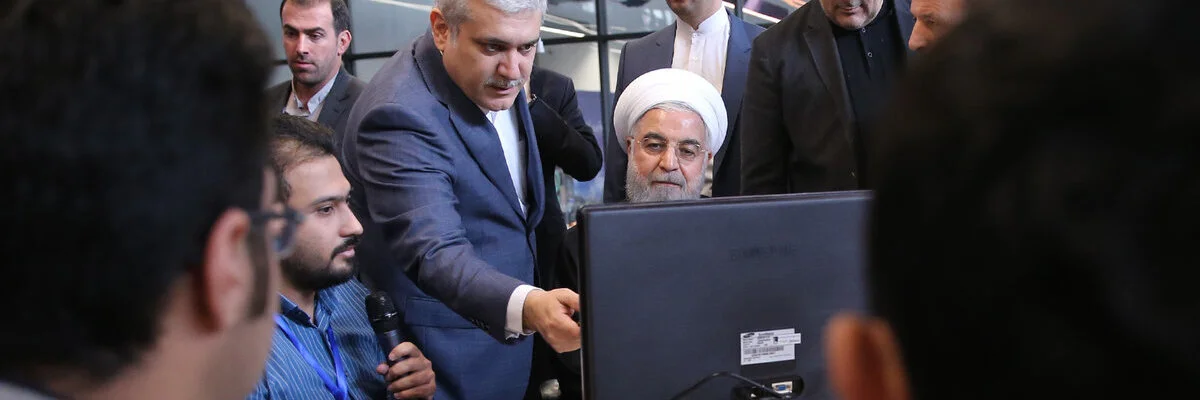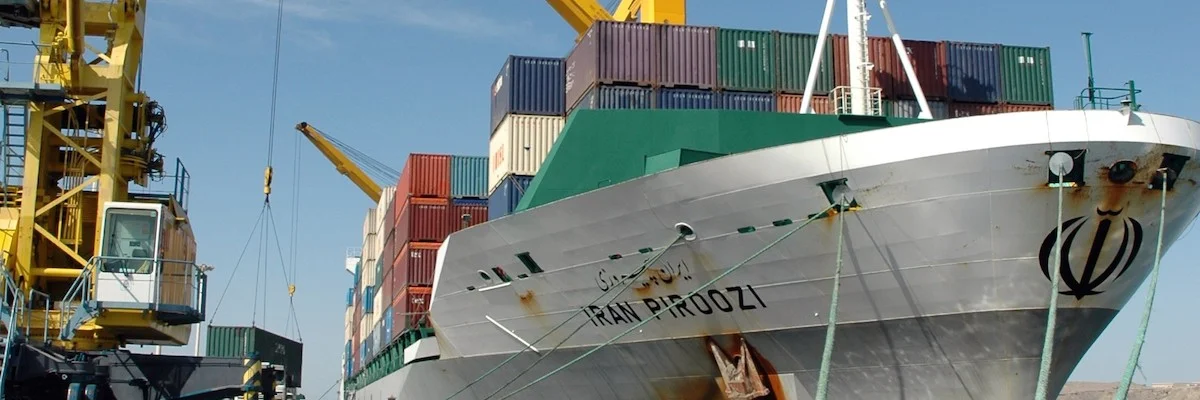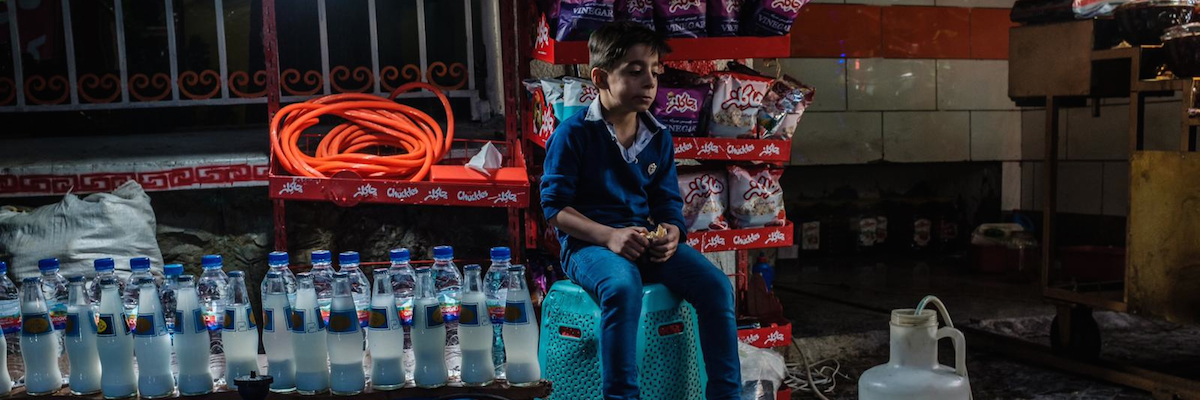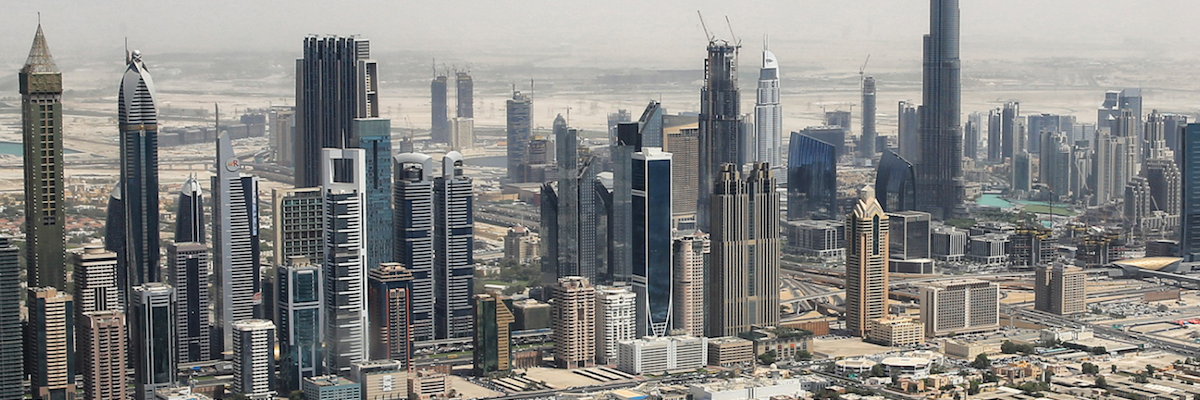The storming of the U.S. embassy in Baghdad by Iran-backed militias produced many surreal scenes, but perhaps none more so than that captured in a video shared widely on social media. The short clip shows a green garbage can found at the embassy, which the protestors recognized as an Iranian-made product.
asdasdasdasdasdasdasdasdasdasd



